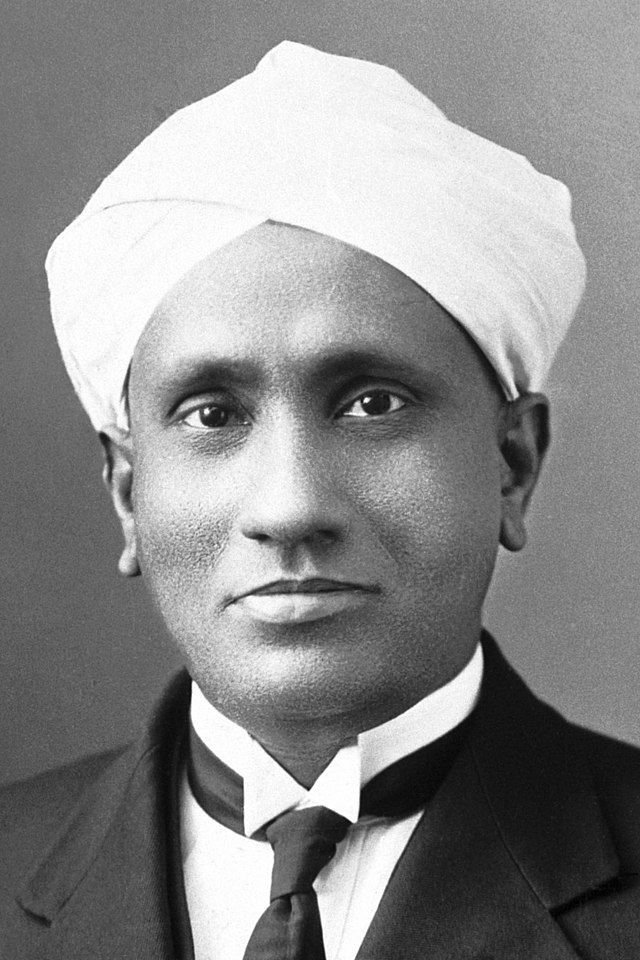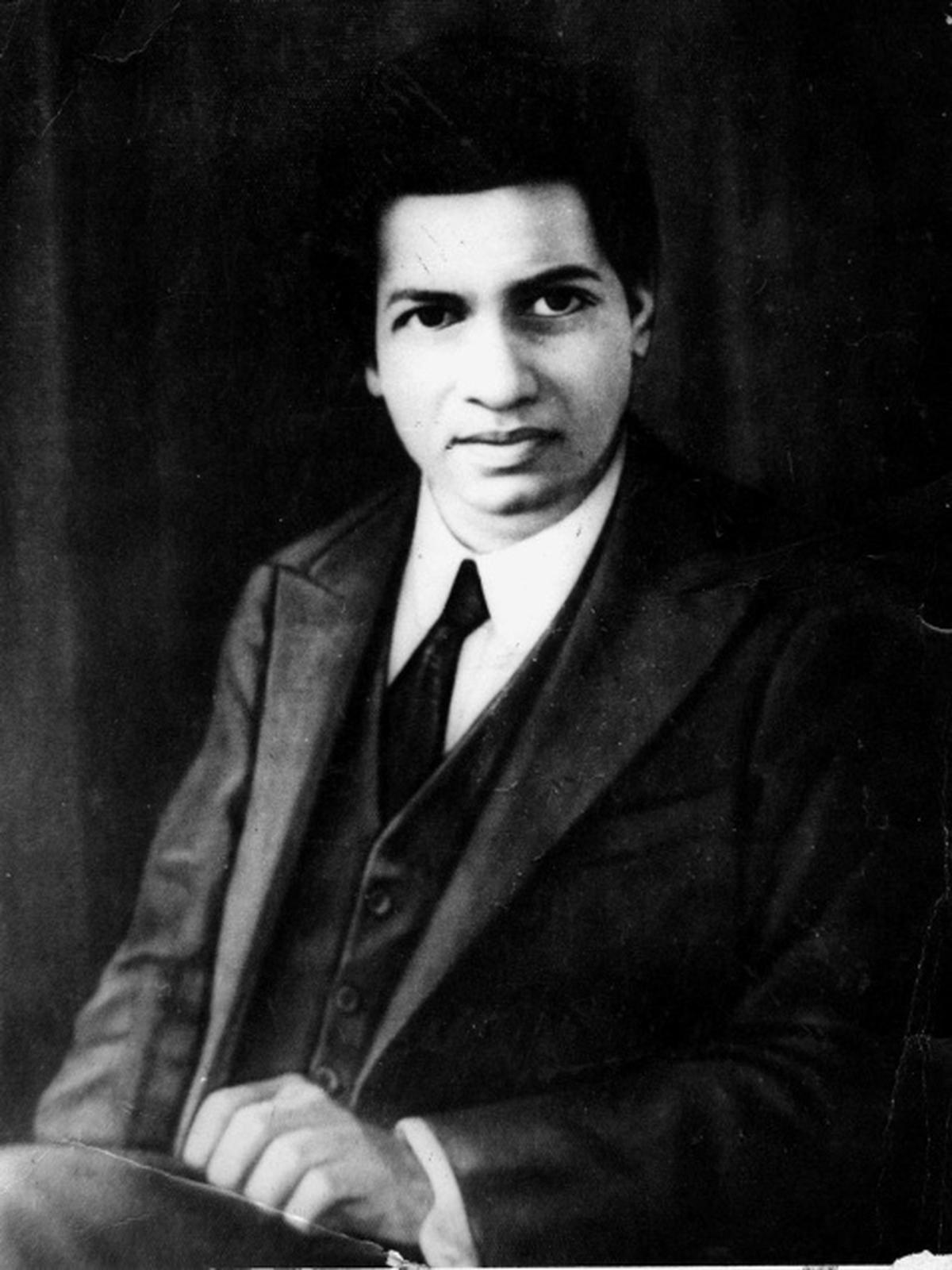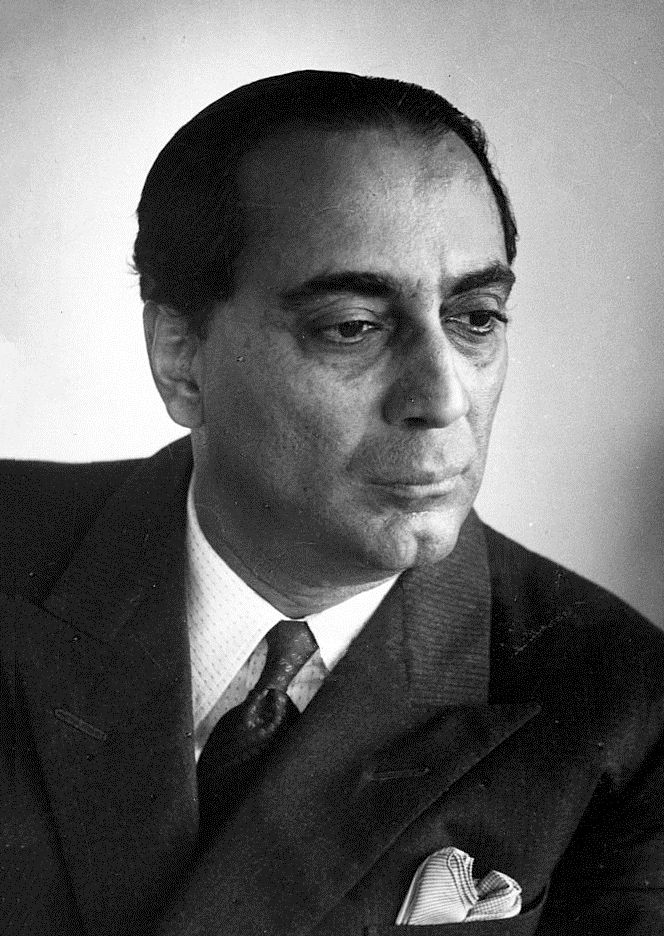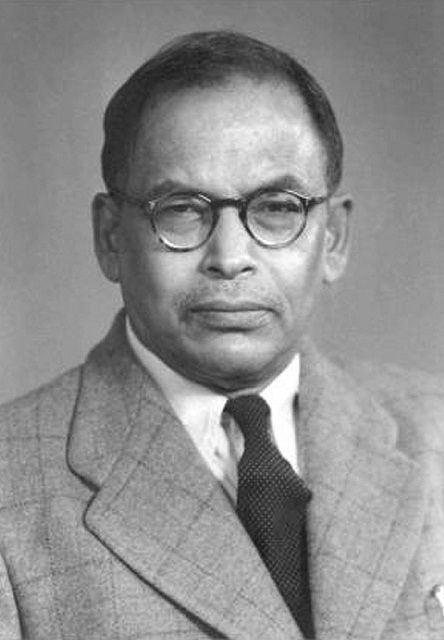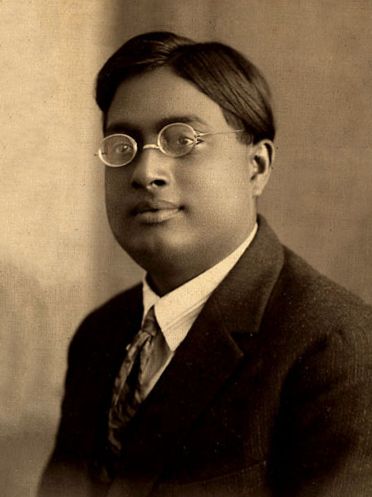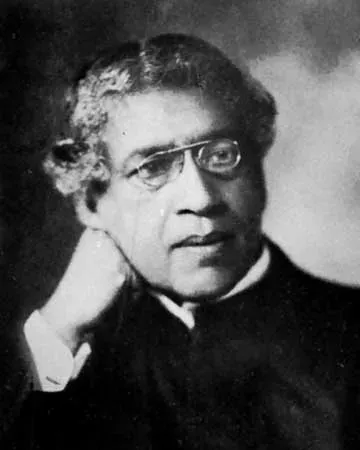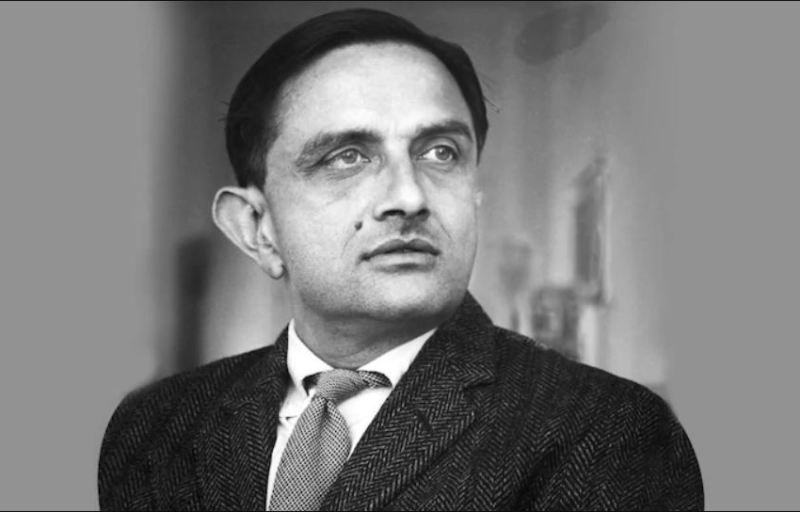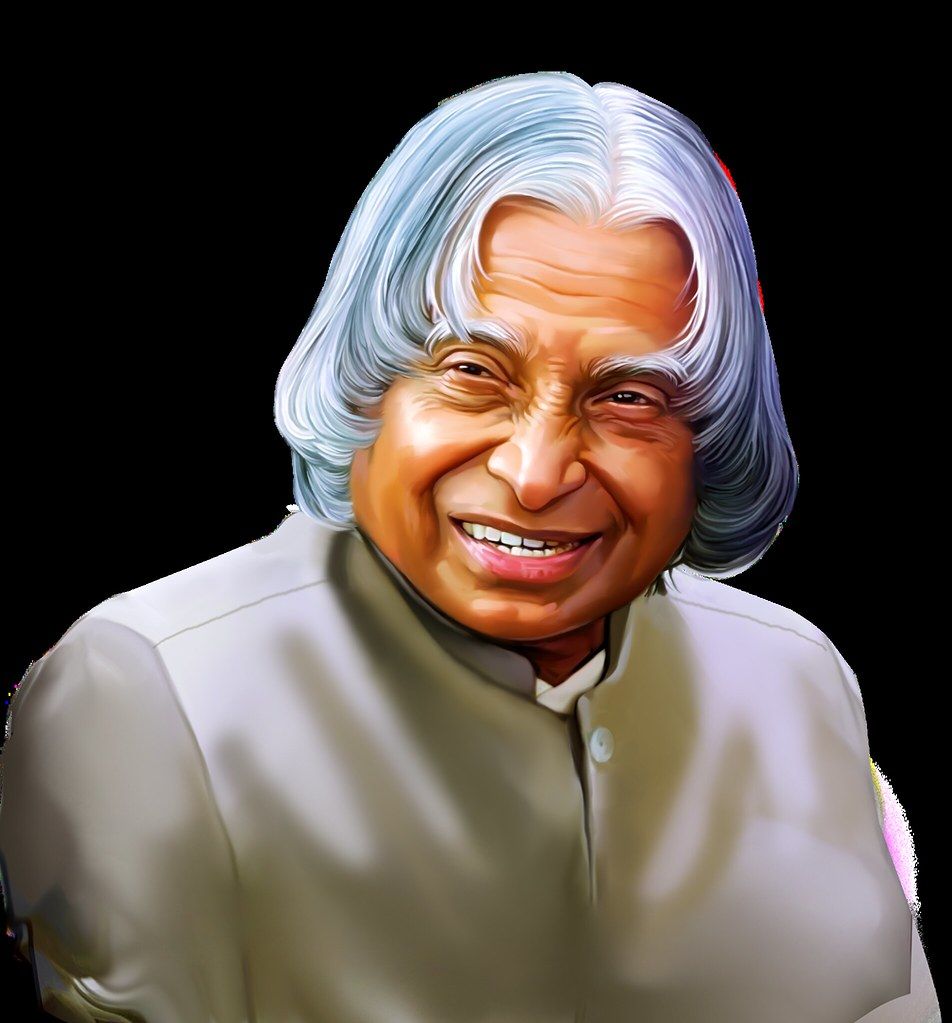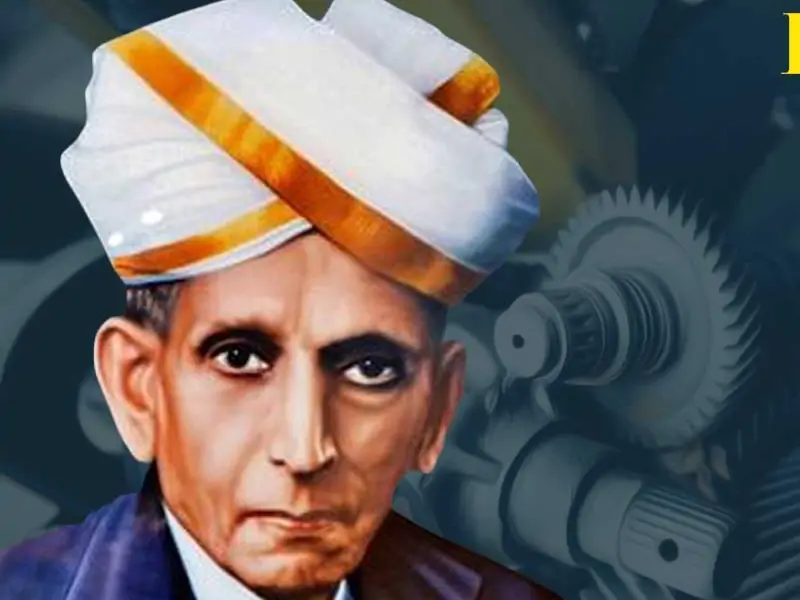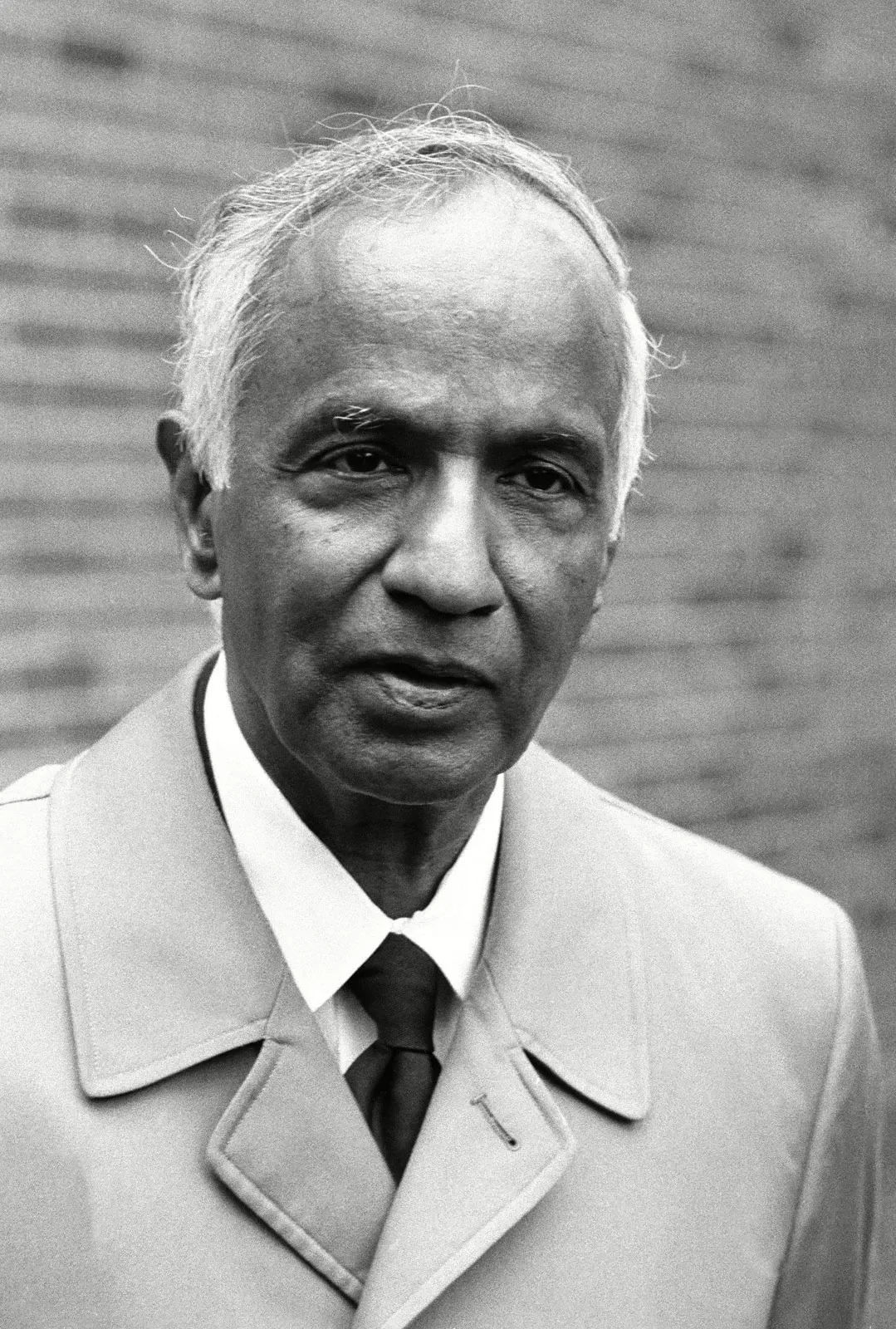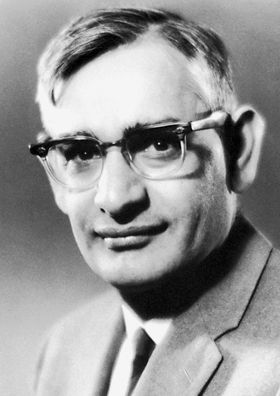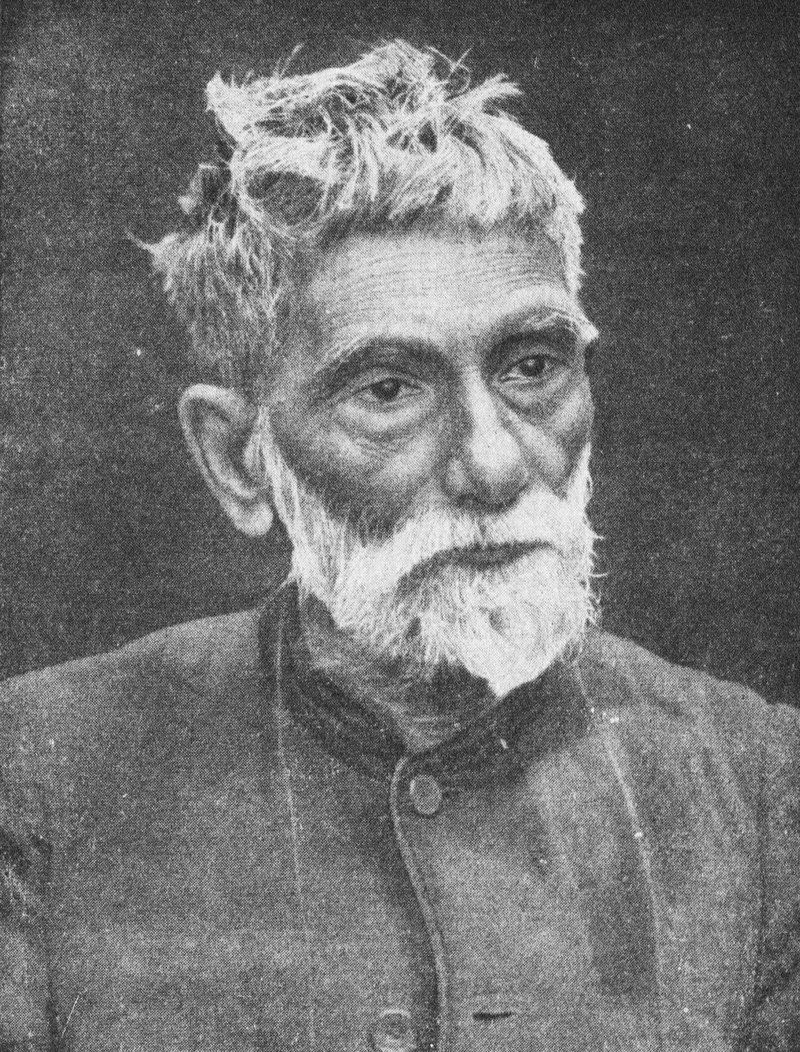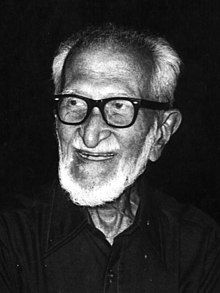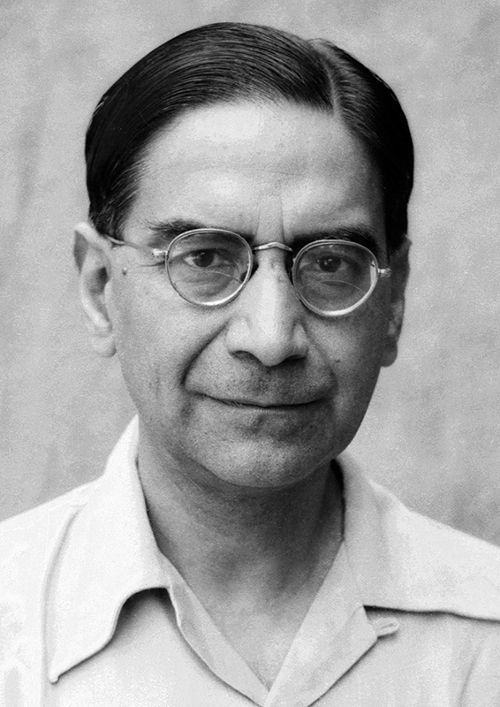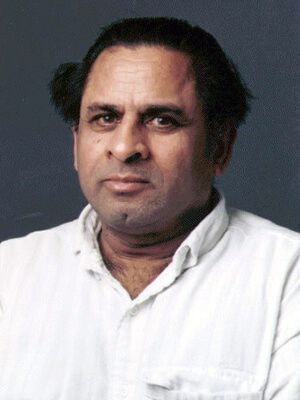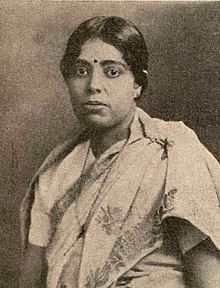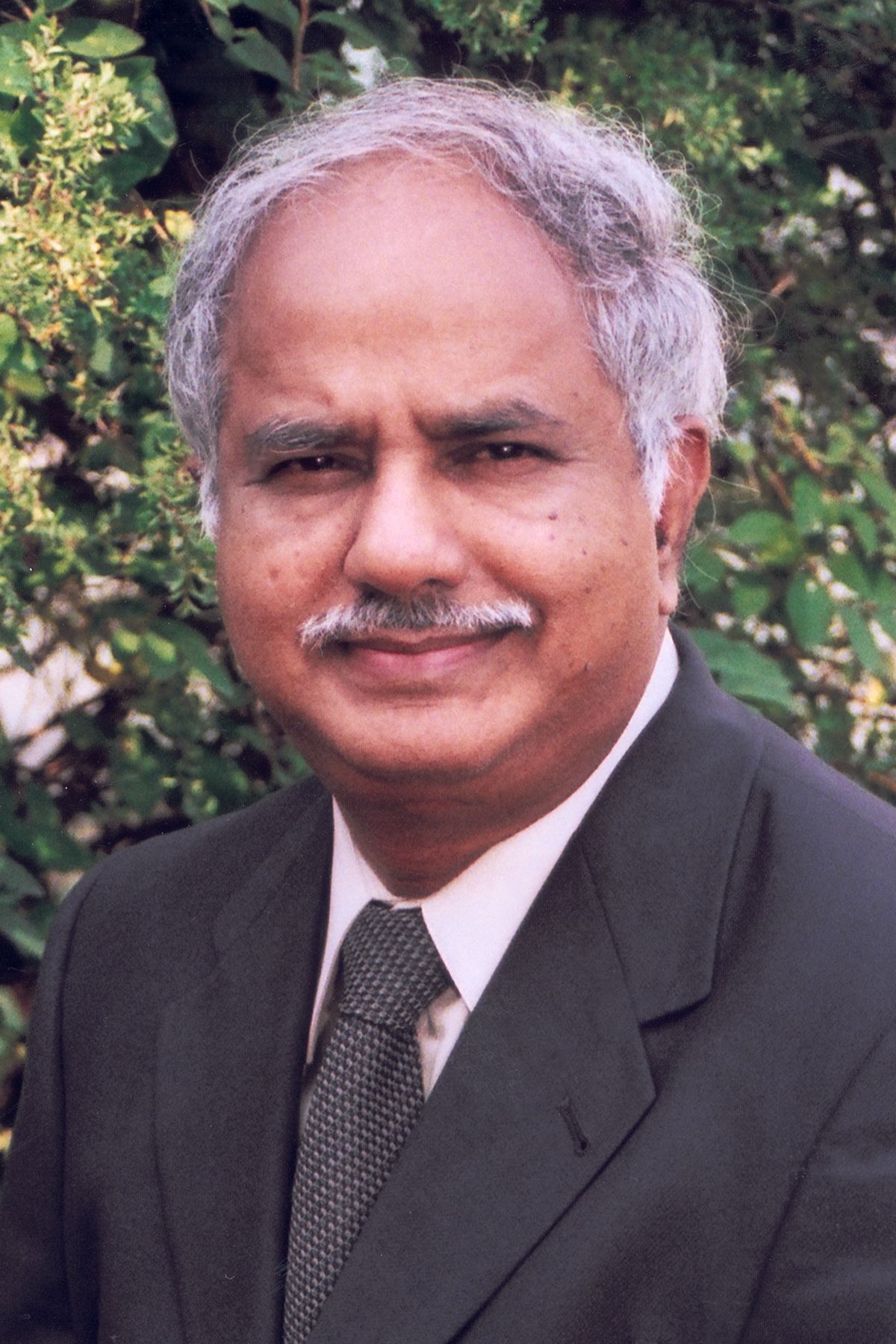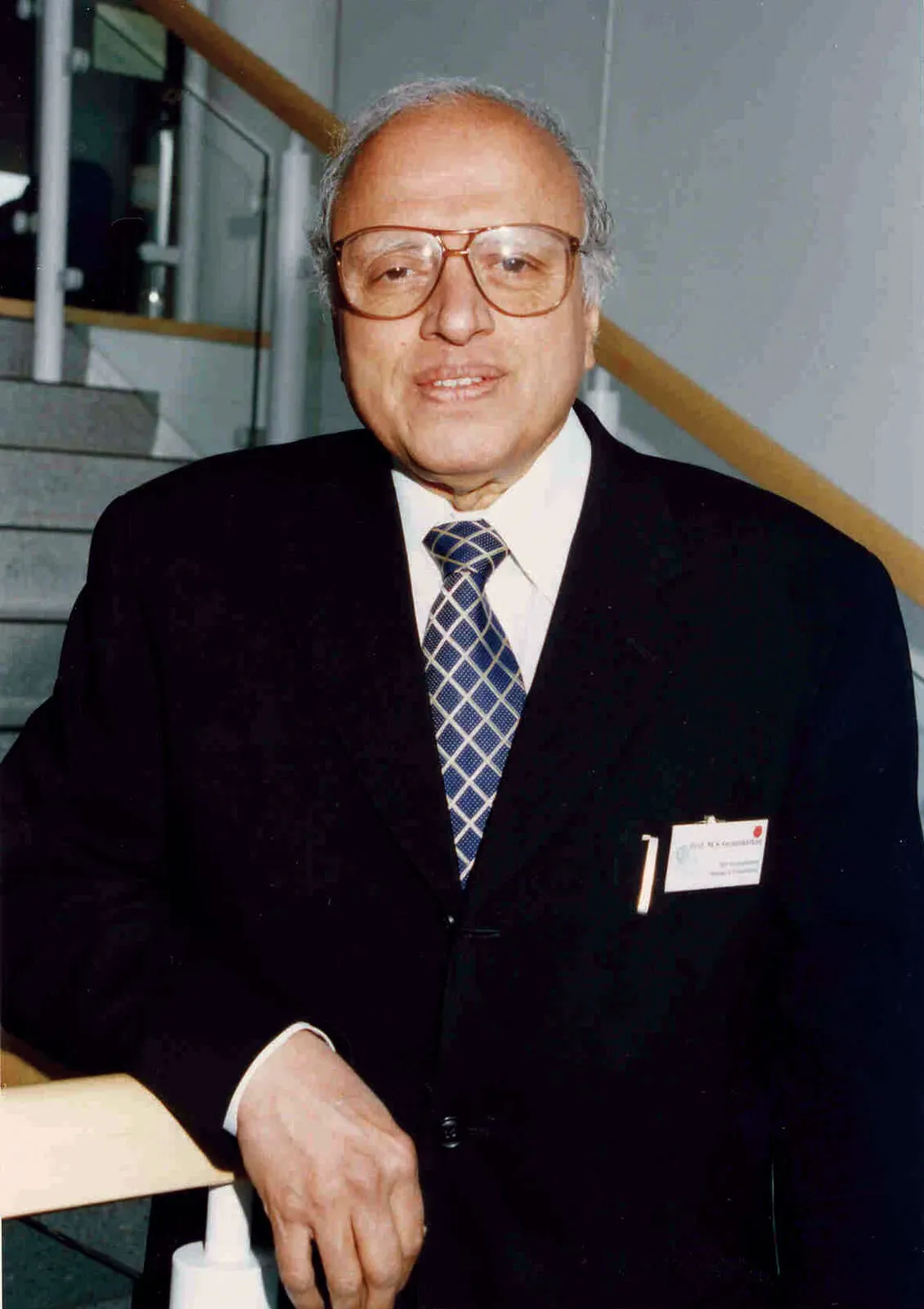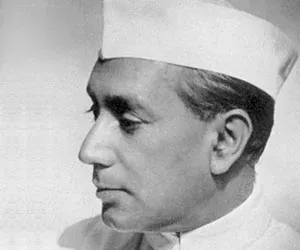Famous Indian Scientists and Their Innovation
India has a long history of producing some of the world's most brilliant scientists who have made significant contributions to various fields of science and technology. From ancient times to the moder
Aditya Pandey

India has a long history of producing some of the world's most brilliant scientists who have made significant contributions to various fields of science and technology. From ancient times to the modern era, Indian scientists have made important discoveries and inventions that have changed the course of history.
In this article, we present a full list of famous Indian scientists and their innovations that have impacted the world in numerous ways.

